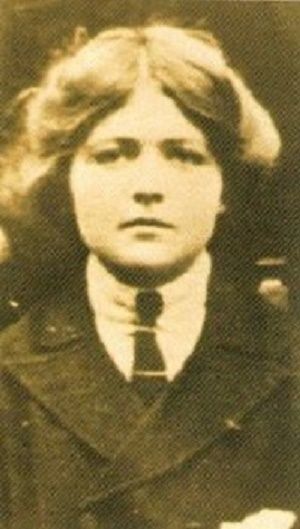Entry tags:
Magic Monday
 It's almost midnight, so we can proceed with a new Magic Monday. Ask me anything about occultism and I'll do my best to answer it. With certain exceptions, any question received by midnight Monday Eastern time will get an answer. Please note: Any question received after then will not get an answer, and in fact will just be deleted. (I've been getting an increasing number of people trying to post after these are closed, so will have to draw a harder line than before.) If you're in a hurry, or suspect you may be the 143,916th person to ask a question, please check out the very rough version 1.0 of The Magic Monday FAQ here. Also: I will not be putting through or answering any more questions about practicing magic around children. I've answered those in simple declarative sentences in the FAQ. If you read the FAQ and don't think your question has been answered, read it again. If that doesn't help, consider remedial reading classes; yes, it really is as simple and straightforward as the FAQ says.
It's almost midnight, so we can proceed with a new Magic Monday. Ask me anything about occultism and I'll do my best to answer it. With certain exceptions, any question received by midnight Monday Eastern time will get an answer. Please note: Any question received after then will not get an answer, and in fact will just be deleted. (I've been getting an increasing number of people trying to post after these are closed, so will have to draw a harder line than before.) If you're in a hurry, or suspect you may be the 143,916th person to ask a question, please check out the very rough version 1.0 of The Magic Monday FAQ here. Also: I will not be putting through or answering any more questions about practicing magic around children. I've answered those in simple declarative sentences in the FAQ. If you read the FAQ and don't think your question has been answered, read it again. If that doesn't help, consider remedial reading classes; yes, it really is as simple and straightforward as the FAQ says. The picture? I'm working my way through photos of my lineage, focusing on the teachers whose work has influenced me and the teachers who influenced them in turn. Quite a while ago we reached Israel Regardie, and then chased his lineage back through Aleister Crowley et al. After he left Crowley, however, Regardie also spent a while studying with this week's honoree, the redoubtable Violet Firth Evans, better known to generations of occultists as Dion Fortune. Born in Wales and raised in a Christian Science family, Fortune got into occultism after a stint as a Freudian lay therapist -- that was an option in her time. She was active in the Theosophical Society, belonged to two different branches of the Golden Dawn, studied with a number of teachers, and then founded her own magical order, the Fraternity (now Society) of the Inner Light. She also wrote some first-rate magical novels and no shortage of books and essays on occultism, including The Cosmic Doctrine, the twentieth century's most important work of occult philosophy. I'm pleased to be only four degrees of separation from her.
Buy Me A Coffee
Ko-Fi
I've had several people ask about tipping me for answers here, and though I certainly don't require that I won't turn it down. You can use either of the links above to access my online tip jar; Buymeacoffee is good for small tips, Ko-Fi is better for larger ones. (I used to use PayPal but they developed an allergy to free speech, so I've developed an allergy to them.) If you're interested in political and economic astrology, or simply prefer to use a subscription service to support your favorite authors, you can find my Patreon page here and my SubscribeStar page here.
 I've also had quite a few people over the years ask me where they should buy my books, and here's the answer. Bookshop.org is an alternative online bookstore that supports local bookstores and authors, which a certain gargantuan corporation doesn't, and I have a shop there, which you can check out here. Please consider patronizing it if you'd like to purchase any of my books online.
I've also had quite a few people over the years ask me where they should buy my books, and here's the answer. Bookshop.org is an alternative online bookstore that supports local bookstores and authors, which a certain gargantuan corporation doesn't, and I have a shop there, which you can check out here. Please consider patronizing it if you'd like to purchase any of my books online.And don't forget to look up your Pangalactic New Age Soul Signature at CosmicOom.com.
***This Magic Monday is now closed. See you next week!***
no subject
(Anonymous) 2023-04-04 12:22 am (UTC)(link)I read somewhere that quasicrystals (atomic matter with quasiperiodicity) can be thought of as appropriately angled slices through higher-dimensional regular crystals, projected back down to 3 dimensions.
I think the kind of quasiperiodicity the aperiodic tile has is the kind where the range of possible solutions is narrow. One of the other systems of tiling like that has the property that, if you put a single disallowed connection anywhere, then the rest of the pattern is determined uniquely and you can always find the next point where there's only one option for where to put the tile, without having to explore any larger combinations. That puts some limits on how much work it would take to explore combinations in the more usual case, when you haven't put any defects in. Genome space seems less narrow than that.